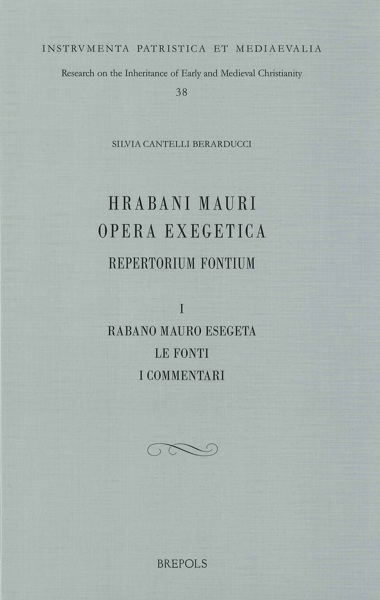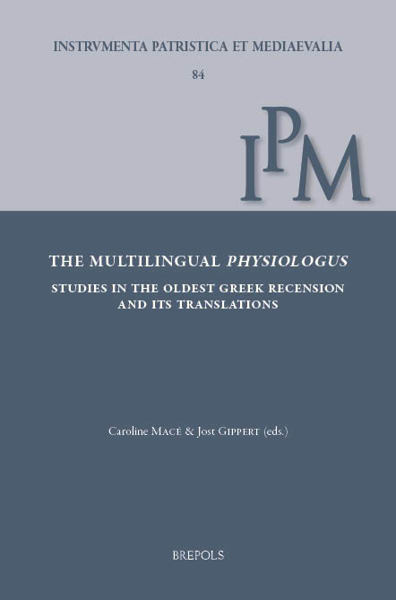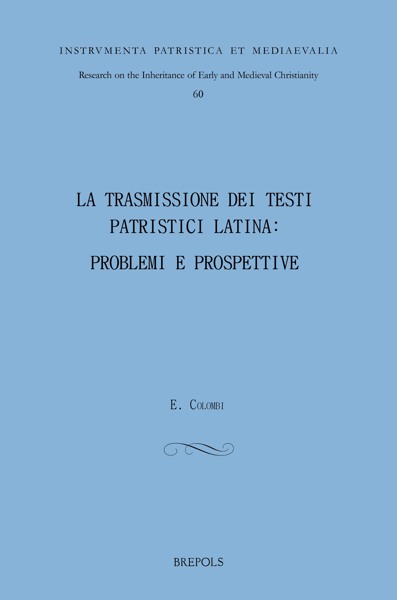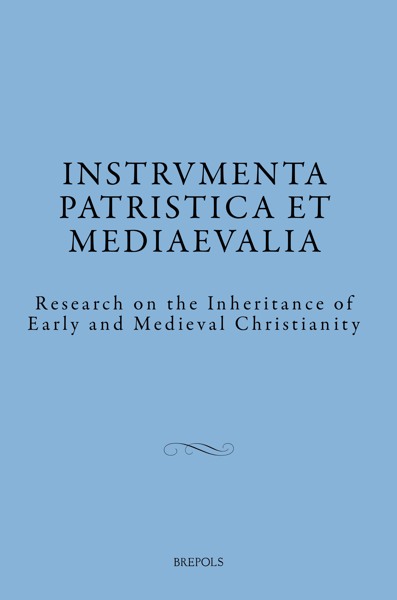
The Multilingual Physiologus
Studies in the Oldest Greek Recension and its Translations
Caroline Macé, Jost Gippert (eds)
- Pages: 661 p.
- Size:156 x 234 mm
- Illustrations:28 col.
- Language(s):English
- Publication Year:2021
- € 140,00 EXCL. VAT RETAIL PRICE
- ISBN: 978-2-503-58974-9
- Hardback
- Available
- ISBN: 978-2-503-58975-6
- E-book
- Available
Ten chapters and accompanying new editions of sample texts treat the oldest Greek recension of the Physiologus and its early translations into Latin, Armenian, Syriac, Coptic, Ethiopic, Georgian, Arabic, and Old Slavonic.
"This book introduces a valuable and much-needed perspective of how a literary text with such multilingual impact should be considered in the medievalist discourse. Crossing the borders, which usually keep each tradition in its scope, the multilingual overview gives a more detailed and mature understanding of the Physiologus and its impact. The specialised readership might hope to see many more similar endeavours accomplished and further volumes with critical editions of the other chapters of the Physiologus." (Ivan P. Petrov, in Palaeobulgarica 46, 2022/1, p. 203-207)
"Caroline Macé and Jost Gippert have carried out an impressive job editing this book, which brings together experts from very different disciplines. All chapters represent the current state of research and add novel information. The sheer amount of knowledge comprised within this book is overwhelming, and the contributors have set the standard for future studies on the Physiologus." (Søren Lund Sørensen, in Bryn Mawr Classical Review, 2022.06.04, https://bmcr.brynmawr.edu/2022/2022.06.04/)
Caroline Macé is a researcher in Patristics at the Academy of Sciences in Göttingen.
Jost Gippert is Professor of Comparative Linguistics at Goethe University in Frankfurt (Main) and a researcher at the Centre for the Study of Manuscript Cultures of the University of Hamburg.
The Physiologus is an ancient Christian collection of astonishing stories about animals, stones, and plants that serve as positive or negative models for Christians. Written originally in Greek, the Physiologus was translated in ancient times into Latin, Armenian, Syriac, Coptic, Ethiopic, Georgian, Arabic, and Old Slavonic. Throughout its transformations and adaptations, the Physiologus has never lost its attraction.
The present volume offers an introduction to the significance of the Greek text, a new examination of its manuscript tradition, and a completely revised state of the art for each of the ancient translations. Two chapters of the Physiologus, on the pelican and on the panther, are edited in Greek and in each translation. These editions are accompanied by a new English rendering of the edited texts as well as short interpretative essays concerning the two animals.
The volume affords new insights into this fascinating book's diffusion, transmission, and reception over the centuries, from its composition at the beginning of the third century CE in Alexandria to the end of the Middle Ages, and across all regions of the Byzantine Empire, the Latin West, Egypt and Ethiopia, the Middle East, the Caucasus, and Slavia orthodoxa.
General introduction (Caroline Macé & Jost Gippert)
Appendix on the Coptic tradition (Alin Suciu)
Part I: The Greek Physiologus and its translations
1. The Greek tradition
1.1. Horst Schneider (Fontes Christiani, München): Introduction to the Greek Physiologus
1.2. Caroline Macé (Akademie der Wissenschaften zu Göttingen): The oldest Greek tradition
2. The Latin tradition: Shari Boodts (Radboud Universiteit Nijmegen) & Caroline Macé
1. The Ethiopic tradition: Massimo Villa (Università degli Studi di Napoli ‘L’Orientale’)
2. The Syriac tradition: Sami Aydin (Uppsala University)
3. The Arabic tradition:
3.1. Sibylle Wentker (Österreichische Akademie der Wissenschaften, Wien)
3.2. Adrian Pirtea (Freie Universität Berlin)
4. The Armenian tradition: Gohar Muradyan & Aram Topchyan (Matenadaran, Erevan)
5. The Georgian tradition: Jost Gippert (Goethe-Universität Frankfurt)
6. The Old Church Slavonic tradition: Ana Stoykova (Bulgarian Academy of Sciences, Sofia)
Part II: Editions of the chapters on the pelican and on the panther
1. Introduction to the editions
2. The pelican
Introduction
Redaction α of the first recension: Greek α, Latin y, Latin b, Armenian, Georgian, Syriac α
Redaction β of the first recension: Greek β, Latin x, Ethiopic (3 recensions), Syriac β, Arabic (2 translations), Old Church Slavonic (2 translations)
3. The panther
Introduction
Redaction α of the first recension: Greek α, Latin y, Latin b, Armenian, Georgian, Syriac α
Redaction β of the first recension: Greek β, Latin x, Ethiopic (3 recensions), Syriac β, Arabic (2 translations), Old Church Slavonic (2 translations)
Bibliography
Indices




